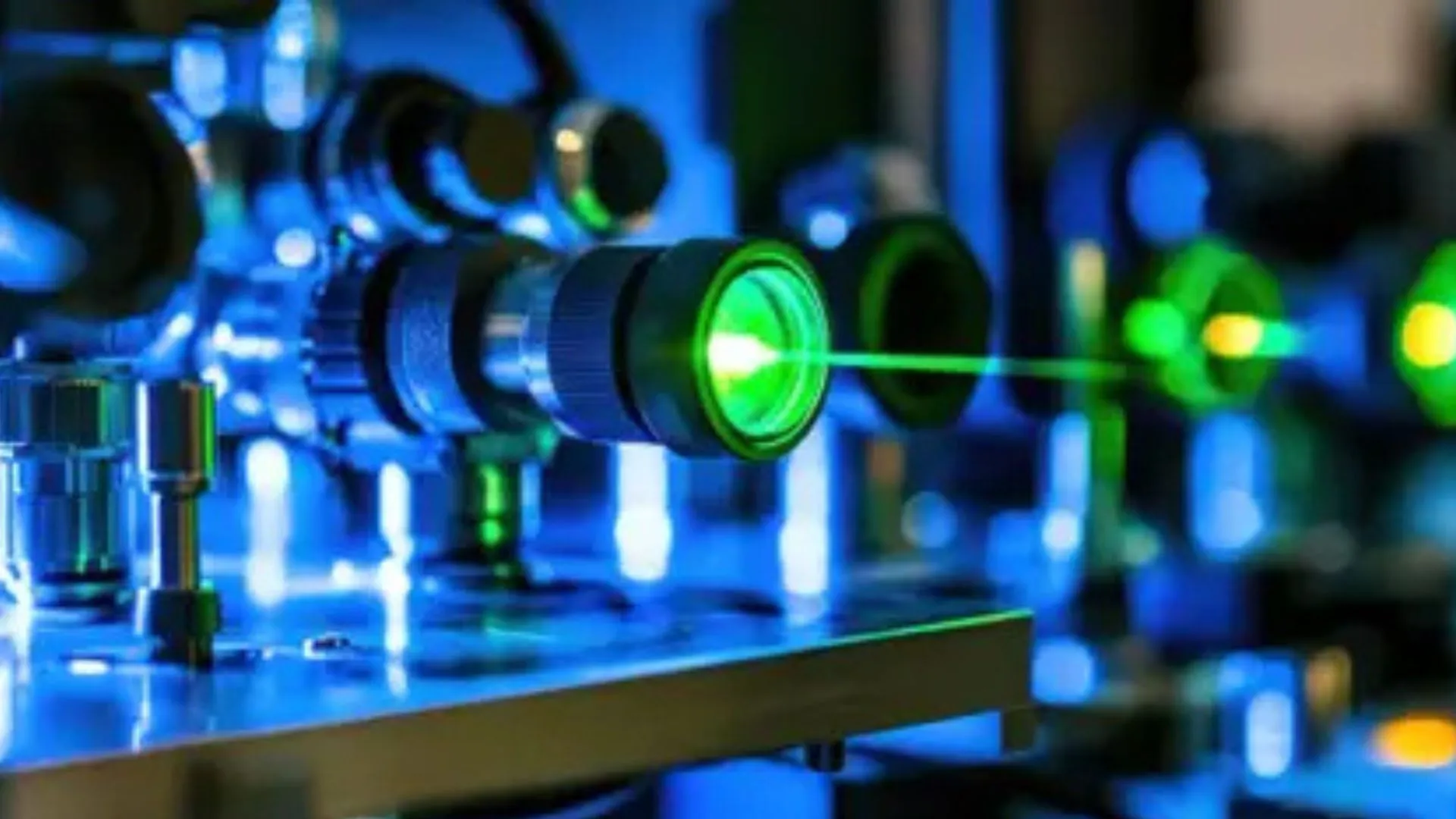
Global Laser Enrichment (GLE) has announced the completion of a large-scale uranium enrichment demonstration testing campaign to produce nuclear fuel at its facility in the United States.
The test campaign was conducted at GLE’s Test Loop facility in Wilmington, North Carolina. The demonstration testing of the SILEX laser enrichment process started in May of this year.
The program will continue throughout the rest of 2025 and produce hundreds of pounds of low-enriched uranium (LEU). It will also continue to help build a local manufacturing base and supply chain for homegrown enrichment facilities.
GLE had earlier said that the Test Loop facility is the world’s only uranium enrichment facility that is not government-owned or substantially government-funded.
GLE’s uranium enrichment demonstration testing
GLE was formed in 2007 to develop and commercialize the US’s laser-based uranium enrichment technology capability.
GLE works closely with Silex Systems of Australia, the inventor of the laser enrichment process, to advance the SILEX laser enrichment technology towards commercial launch for uranium enrichment.
It is jointly owned by Silex Systems Limited (51 percent) and Cameco Corporation (49 percent).
The testing program is thought to be a pivotal validation of large-scale enrichment performance under operationally relevant conditions.
The company plans to leverage the lessons learned from the enrichment test runs to significantly progress the scaling and manufacturing of its full-scale plant systems and equipment.
The diversity of fuel designs and levels of enrichment is increasing with the advent of new nuclear reactor technologies, led by small modular and advanced reactors.
Therefore, having the flexibility to address a broad spectrum of enrichment needs is important to the future growth and diversity of domestic nuclear fuel supply chains.
Uranium is a naturally occurring element found in deposits across the world. Natural uranium is usually found in the form of two isotopes, U-235 (0.7 percent) and U-238 (99.3 percent).
Uranium-235 is the isotope that undergoes fission to produce energy in a nuclear reactor. To increase the concentration of the fissile isotopes and make the material more useful for nuclear fuel, uranium typically undergoes a process of concentrating (or “enriching”) the U-235 isotope to approximately five percent or greater.
Uranium enrichment using lasers for nuclear fuel production
In the past, uranium was enriched using the gaseous diffusion process, which is now considered obsolete. The second-generation gas centrifuge technology is mostly used today, which relies on molecular weight differences to separate the uranium isotopes.
Lasers can also be used to enrich uranium. The process involves lasers selectively exciting and harvesting separately U-235 isotopes from the more common U-238 isotopes, resulting in an increased concentration of U-235 over the initial uranium feedstock.
The Separation of Isotopes by Laser EXcitation (SILEX) process promises to economically separate uranium isotopes through highly selective laser excitation of the fluorinated form of uranium – the 235UF6 isotopic molecule.
GLE says the SILEX process is substantially more efficient than existing methods of uranium enrichment and is the only third-generation enrichment technology at an advanced stage of commercialization today.
“We believe the enrichment activities conducted over the past five months position GLE to be the next American uranium enrichment solution. Twenty percent of the US electricity supply comes from nuclear energy, and GLE is expected to allow America to end its dangerous dependency on a fragile, foreign government-owned uranium fuel supply chain,” said GLE CEO Stephen Long.
The company’s planned Paducah Laser Enrichment Facility in Kentucky is the only planned new enrichment facility currently under license application review by the Nuclear Regulatory Commission.
Once licensed, it is expected to re-enrich over 200,000 metric tons of high-assay depleted uranium tails acquired from the US Department of Energy and produce up to 6 million separative work units of LEU annually.



